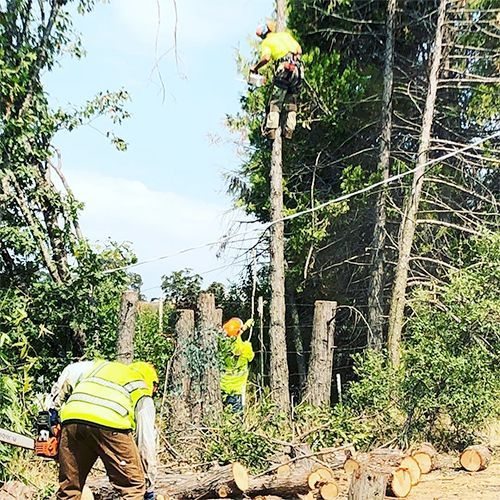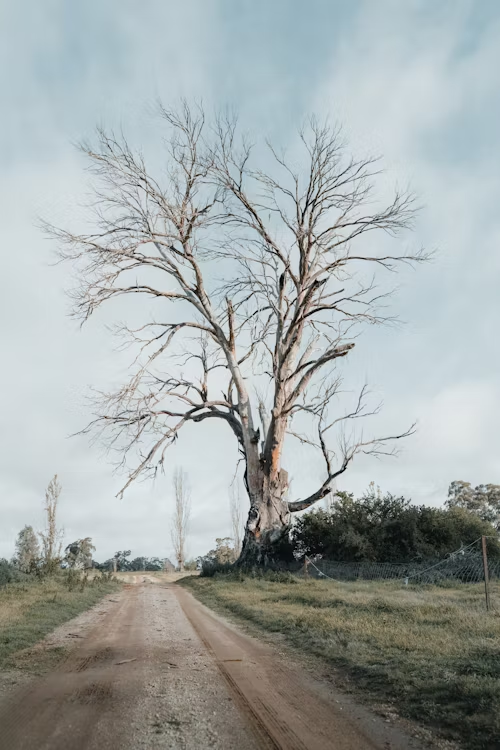Are Leaning Trees a Safety Threat?

Leaning trees on your property can be more than just an eyesore—they may signal serious safety risks. At Amador Tree Service, we understand the importance of maintaining a secure and beautiful landscape, which includes addressing potentially hazardous trees. Here’s how to determine if a leaning tree is dead or poses a danger to your home or yard.
Signs a Leaning Tree is Dead
Dead trees often exhibit clear warning signs. If the tree has brittle branches, peeling bark, or no leaves during the growing season, it’s likely dead or dying. Fungi or mushrooms growing at the base can also indicate internal decay. When a dead tree leans, its weakened structure significantly increases the risk of falling, especially during strong winds or storms.
Leaning Due to Structural Weakness
Not all leaning trees are dead, but they can still be dangerous. Structural weaknesses, such as cracks in the trunk or exposed roots, often cause trees to lean. Soil erosion, heavy rainfall, or root damage from construction can destabilize a tree, making it prone to collapse. Pay close attention to trees that lean suddenly or have an angle greater than 15 degrees, as they are more likely to pose a safety threat.
When to Act
If you notice signs of a dead or unstable leaning tree, it’s essential to act quickly. Trees near buildings, power lines, or high-traffic areas are especially hazardous. A professional tree inspection can determine the severity of the situation and recommend removal or reinforcement solutions to prevent accidents.
The experienced team at Amador Tree Service provides expert assessments and safe removal of leaning or dead trees, if that is the best option. If you’re concerned about a leaning tree, call us at https://www.youtube.com/watch?v=HEOrMeTqFL4 for a professional evaluation or to request a quote for the cost of tree removal in Amador County. Together, we’ll protect your landscape and give you peace of mind.






